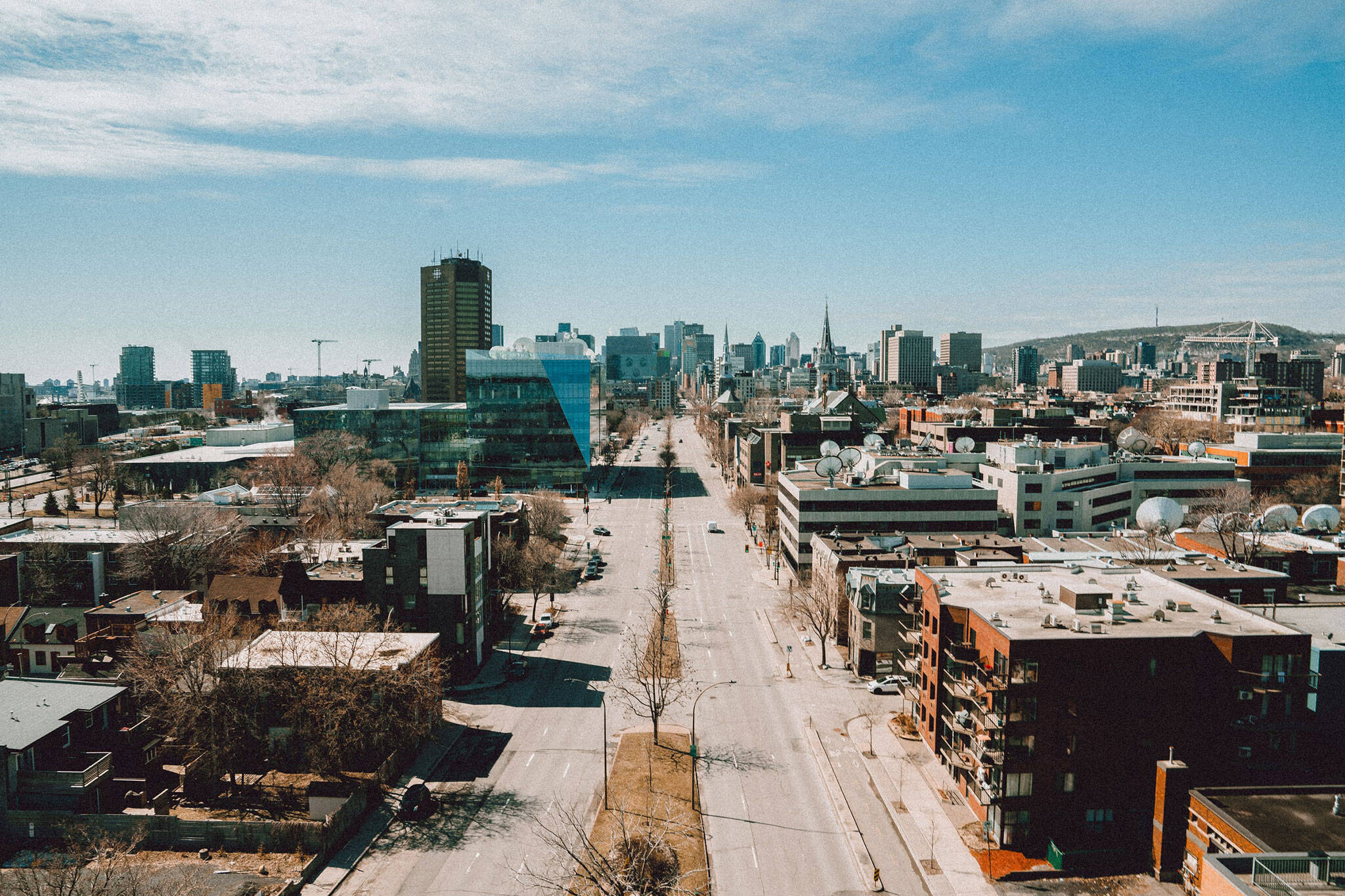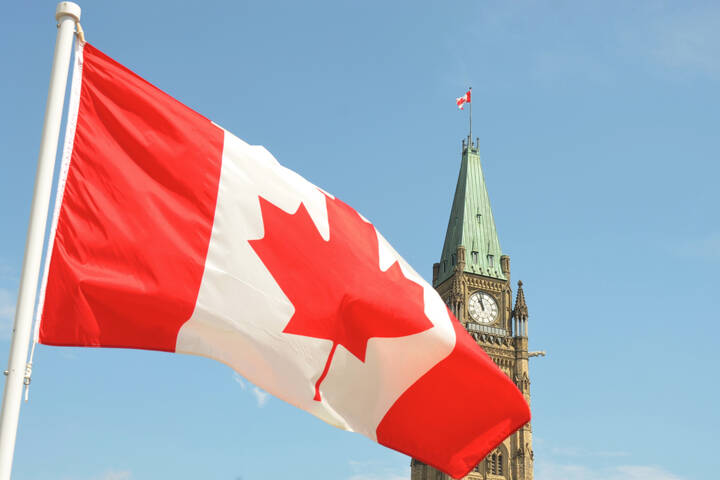
These are the biggest COVID-19 hot spots in Canada
Canada just released new modelling data showing the COVID-19 hot spots across the country, and most of them are in Ontario, Quebec and Saskatchewan.
Overall, Canada is doing pretty well at flattening the curve; the reproduction number (Rt) has been under one for about eight weeks, meaning that each Canadian that contracts the virus is infecting only one other person or nobody at all.
However, some regions in Canada continue to see more community transmission than others; Toronto and Montreal, for example, continue to struggle to slow the spread of the virus.

Chart courtesy of the Public Health Agency of Canada
In Ontario, the Windsor-Essex Country and the Peel Region have been particularly hard-hit, representing some of the highest number of cases per population in Canada over the past two weeks.
Saskatchewan also contains multiple hotspots. Despite most of the province's population being concentrated in the south, the far northern region has also been hit hard by COVID-19, potentially because of an outbreak at a funeral in mid-June.
Aside from Montreal, Quebec's hot spots include the Laval Region and the Laurentians region.

Chart courtesy of the Public Health Agency of Canada
Canada's provinces have also been disproportionately affected by the COVID-19 pandemic.
Quebec continues to see the highest number of daily COVID-19 cases in Canada, reporting somewhere in the ballpark of 50 to 150 new cases each day.
Ontario and Alberta also continue to struggle more than other provinces to control community transmission.
The bottom row of provinces in the chart below (i.e. Manitoba, Newfoundland and Labrador, New Brunswick) show the least community spread, although health officials caution that New Brunswick's multiple peaks show that resurgence can happen without proper controls in place.

Chart courtesy of the Public Health Agency of Canada
Speaking at a press conference on Monday, Chief Public Health Officer Dr. Theresa Tam says that hotspots can partially be attributed to "overcrowding and health disparities."
High-density areas such as hospitals, long-term care facilities, correctional facilities, shelters and meatpacking plants are particularly vulnerable to rapid spread of the virus.
Nevertheless, Tam is cautiously optimistic that Canada is officially flattening the curve.
"Transmission is largely under control in Canada," Tam said, adding that Canadians must keep in mind that new cases can emerge "in any time and any place."
Latest Videos
Join the conversation Load comments







